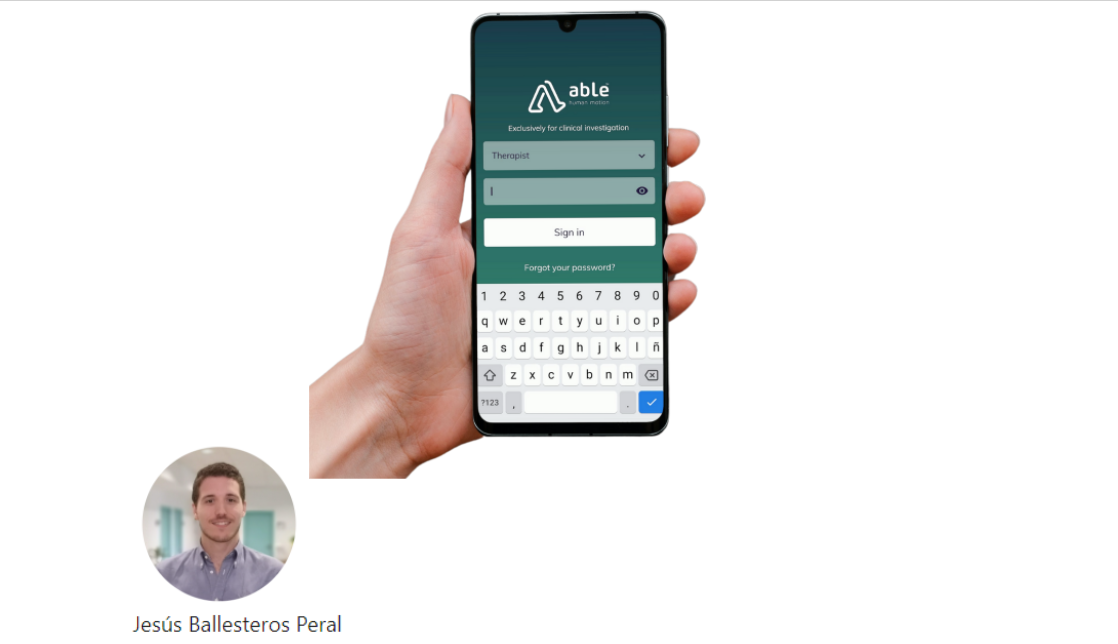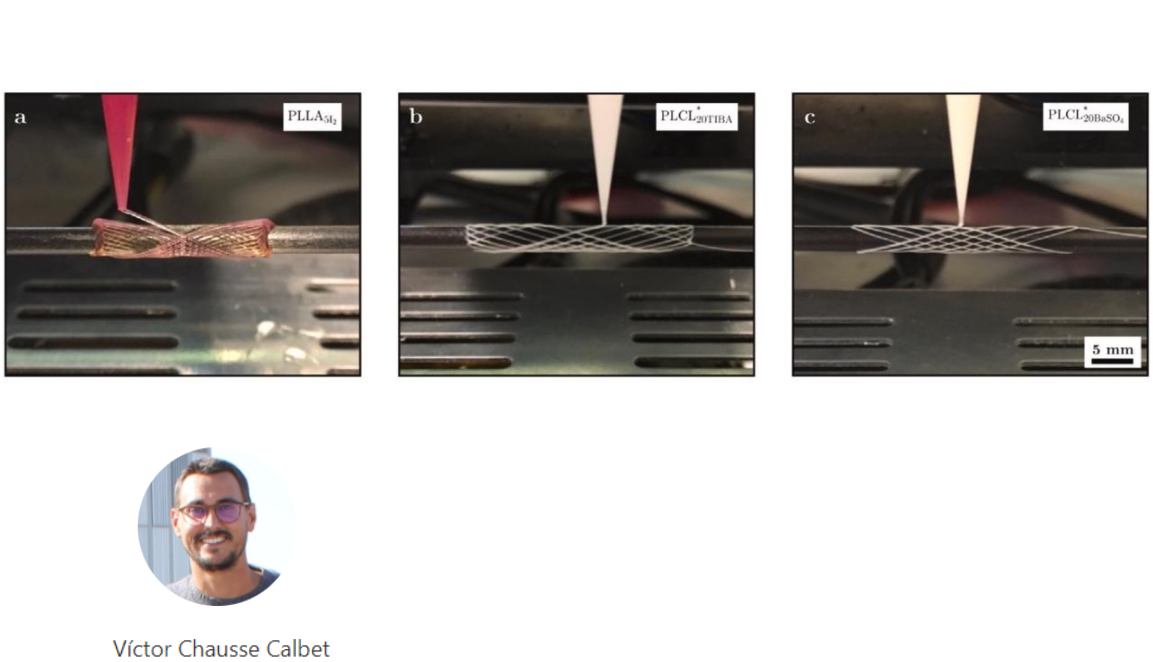CREB researchers have made a critical assessment of the recent progress made in the application of 3D printing technologies for bone regeneration, focusing especially on the design of personalized bone grafts. They highlight the possibility to incorporate pharmaceutics into the bone grafts and the analyze the advances in the translation of the 3D printing technology to the biomedical industry and the clinics.
Upcoming advances in commercial 3D-printed bone grafts are expected following recent research advances, aiming at mimicking better and better the natural bone at different levels. Another field of improvement is related to biological performance. Although most current 3D-printed ceramic grafts present excellent biocompatibility, they are still far from the performance of natural bone.
Understanding better how movement is produced, can help us to find new treatments, to define novel rehabilitation plans or to design personalised assistive devices to improve the mobility of people with skeletal and neuro-muscular disorders. This can be done through motion simulation using mathematical models that represent the human neuro-musculoskeletal system.
At the Biomechanical Engineering Lab, they developed an optimal control problem formulation capable of predicting different patterns of crutch-assisted walking. Then, they investigated whether the use of a computational approach to personalise pre-defined knee actuation parameters for an active knee-ankle-foot orthosis would be a better choice than the current trial-and-error approach. They explored different optimal control problem formulations that allowed to simulate different pre-defined assistive knee angle trajectories, so that the best walking pattern for a specific individual with spinal cord injury could be identified.
ABLE Care allows quick, easy, and intuitive access to the profile of each user, where the most relevant information about their injury and the parameters and adjustments of the exoskeleton are recorded. It allows optimizing the time of the session, reducing the time necessary for its preparation. Thus, the time during which the patient is performing gait training is maximized.
In addition, it allows monitoring the patient's evolution through quantifiable metrics such as the number of steps and distance traveled, standing time, and walking time. If necessary, it allows a more exhaustive analysis to obtain more information about the efficiency of gait.
ABLE Care, in the same way as the exoskeleton, has been developed through co-creation with clinical professionals and patients that have been involved since the beginning of the project.
Do we really know why cholesterol is dangerous and what problems may it cause in the long term? If you have too much cholesterol in your blood, it can combine with other substances in the blood to form plaque, which sticks to the arteries' walls, in a process known as atherosclerosis.
The work developed by CREB researchers presents a versatile 3D Printing fabrication strategy for radiopaque bioresorbable stents. The versatility of the approach allows for patient-specific customization in terms of material and printing design in order to achieve sufficient mechanical support with suitable degradation rate. Future perspectives include the addition of antiproliferative drug into the stents and monitor its release, or surface functionalization with peptides in order to enhance endothelial cell adhesion.
Nowadays, 78% of companies claim to perform some type of open innovation, achieving better results than those that continue with a closed innovation approach. Some of the benefits that have been evidenced are better financial results, mitigation of risks and costs or decreased time to market. Innovation culture within companies and other types of organizations became a fundamental element in their operation. Henry Chesbrough is attributed to be the father of open innovation since the term was first coined in a book published by him in 2003. Almost 20 years after Chesbrough's first book, the balance of implementing open innovation seems to be positive, however, it has been evidenced that there are still many challenges ahead to overcome, even more in this current era of rapid change and uncertainty.







